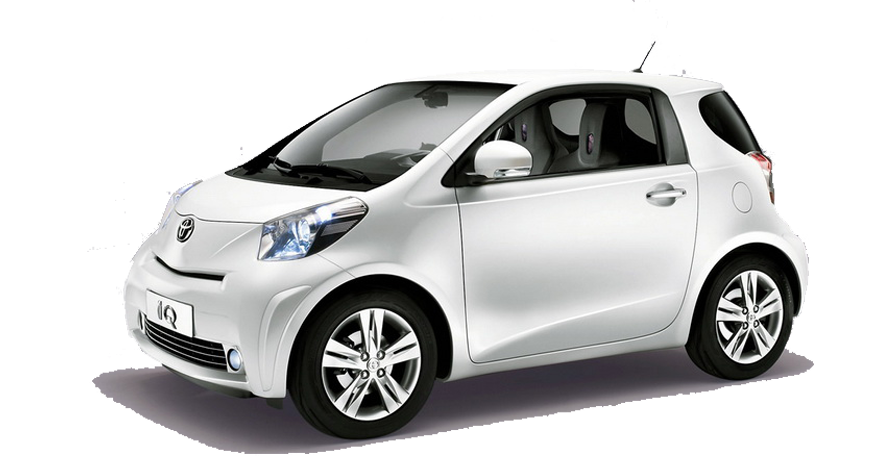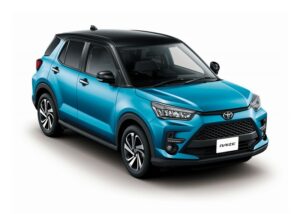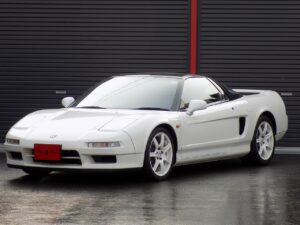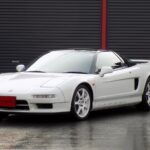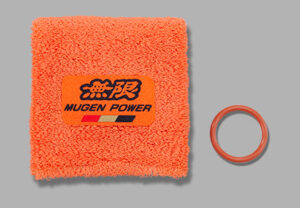We all know that the Japanese market is the “home market” for carmakers such as Toyota which have the most prominent expansion there. Toyota offering the widest variety of cars for the domestic market and many of those models are introduced in Japan several years ahead the rest of the world can have them. But there are few cars which didn’t succeed in the past even domestically, and we want to tell you why.
Toyota Verossa
Toyota began focusing on producing luxury sedans with new values in the mid-1990s and thought that compact and luxurious vehicles would become the mainstream in the 21st century. One of those cars was Toyota Mark II.
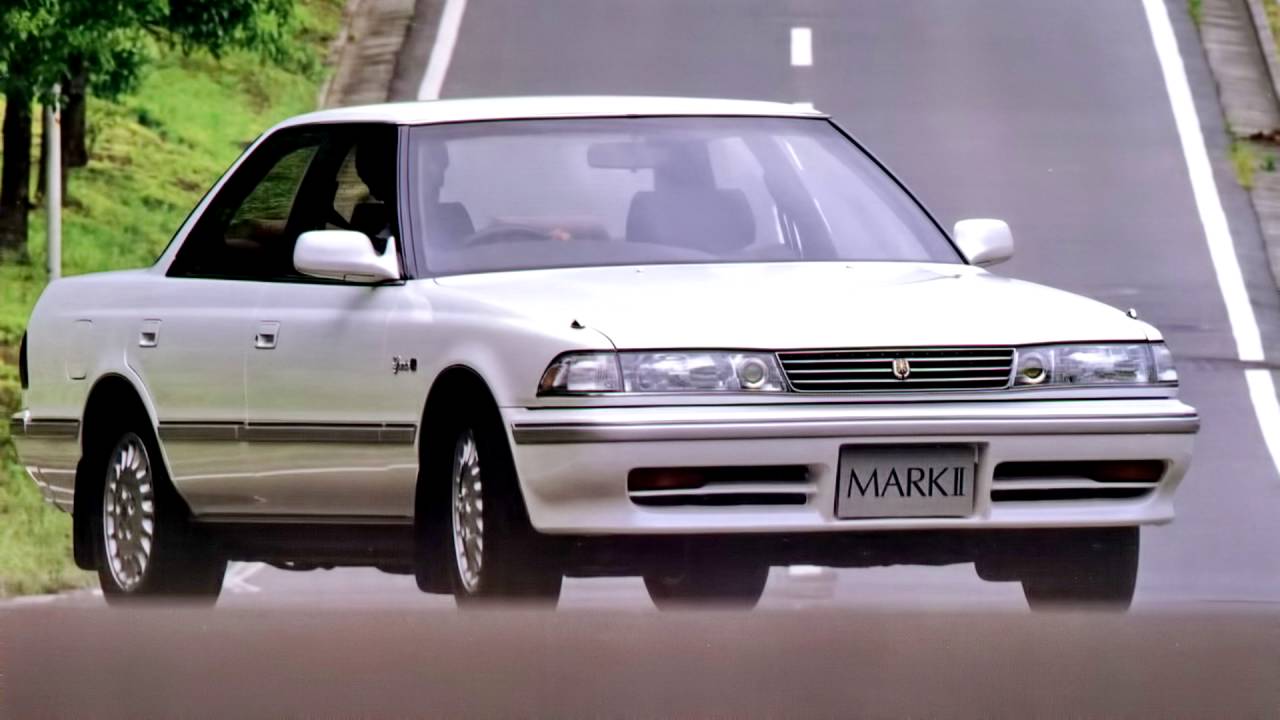
Mark 2 was a car for people who want a more sophisticated adult sports sedan. Using this platform, Toyota wanted to introduce a “different car” which has all the features of Mark 2 but “appeal to the emotions of others” so it was particular about design. And one of those cars was Verossa.
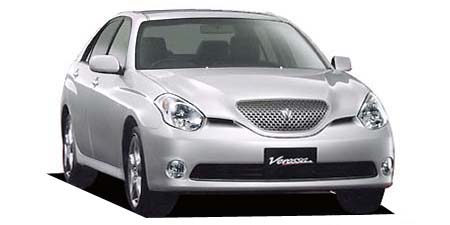
The engine was equipped with the same 2L and 2.5L in-line 6-cylinder DOHC engine as the Mark II, and the leader is a 2.5L turbo. The limited-edition Speciale VR25 is the heart of the Yamaha tune. The turbo was powerful and the handling with a direct feeling was also attractive.
Enthusiasm was great, but the sales weren’t right. After many months of selling, Toyota was able to manage the three-digit number. Only the people who fell in love with the unique design bought the car. Most of the people were staying with classic Mark II.
Toyota IQ
It was first introduced in 2008 as “micro premium car” with an unusual texture that condenses outstanding performance in an ultra-compact body which can fit four passengers. The engine started with a 1-litre in-line 3-cylinder DOHC, and ten months later introduced a 1.3-litre in-line 4-cylinders engine. Even with the 1L engine, it was satisfying to drive around the city. So it was a perfect combination of an everyday city vehicle. But the sales were sluggish in both Japan and Europe.
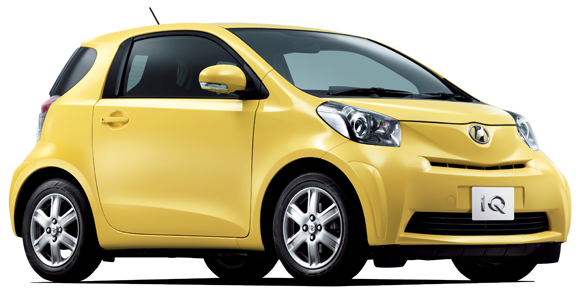
People didn’t pay attention to the iQ, which was expensive and had high maintenance costs. Also, there were other vehicles with excellent packaging and fuel efficiency in both Japan and Europe. So IQ didn’t find a niche for itself and car was discontinued from production.
Toyota WiLL Cypha
WiLL Cypha was a joint project of Toyota and other companies such as Kao and Asahi Breweries, Matsushita Electric Industrial, Kinki Nippon Tourist and others. The target was the new generation, those who are interested in new-sense products. Toyota introduced the car in October 2002.

The base is the Vitz platform of the first generation, and the design concept is “integrated helmet”. The engine was 1.3-litre in-line 4-cylinder twin-cam, and a 1.5-litre twin-cam with AWD. The transmission was combined with a 4-speed AT gearbox. What attracted attention along with the unique interior and exterior design was Toyota’s first in-vehicle information and communication service G-BOOK compatible model. A car navigation system is equipped as standard.

The aim was good, but the price was much higher than the Vitz, so the sale continues to fly low, which means that profitability was incorrect. The second-generation Vitz has appeared soon after Cypha introduced to the market and took the attention. WiLL project is beginning to show its shadow. Therefore, WiLL Cipher discontinued sales in the spring of 2005.


